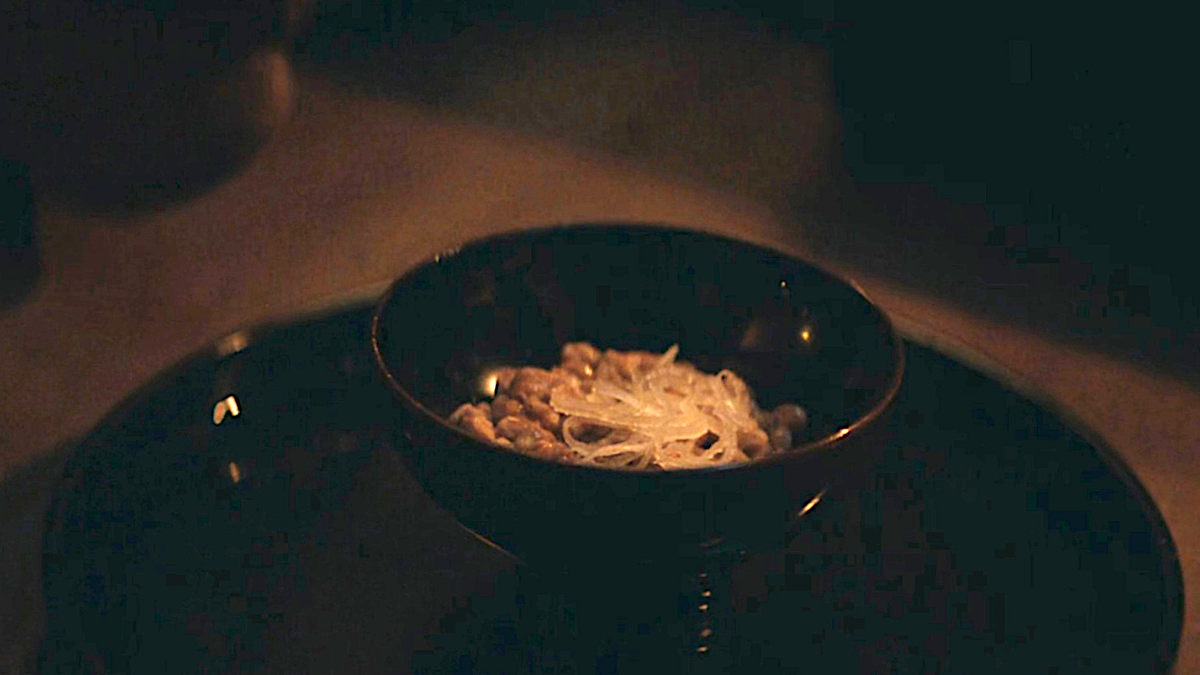In FX’s Shōgun, the historically epic series has done a remarkable job of demonstrating a stranger in a strange land. The series throws John Blackthorne (Cosmo Jarvis) out of his element at every possible turn.
In episode 4, “The Eightfold Fence,” the English navigator finally starts accepting that he may not make it home any time soon. Upon his return to Izu, he learns that Toranaga (Hiroyuki Sanada) has taken control of his vessel and his men. He will remain in the village for at least six months while he trains the samurai in battle tactics. For his trouble, Toranaga gives him a house, as well as an official consort, Fuji (Moeka Hoshi), to make him more acceptable. This reality is hard to accept, but with Mariko’s (Anna Sawai) tutelage, he becomes more agreeable.
One of the hardest lessons he learns is the difference in cuisine. While dining with Mariko and Fuji, he insists on trying a specific dish. Mariko warns him that he may not be ready to be that adventurous, but relents when Blackthorne doesn’t take no for an answer. Though the dish is not specified by name in the episode, it is quite famous in Japan.
Blackthorne eats natto in Shōgun

After all his blustering, Blackthorne tries the Japanese dish with mixed results. He describes it as the consistency of cheese, essentially proving Mariko right that the dish wasn’t for him. Though the scene is played for laughs, this cuisine called natto is highly popular in the country.
The practice of eating natto stretches back so far that it is unclear when it was first discovered, but many guess it has been around for at least 1,000 years. What we do know for sure is that the creation of the dish involves combining cooked soybeans with rice straw. Placing the beans inside that straw lets the natto bacteria produce, which in turn results in a sticky and stringy consistency.
The taste is distinctive, as Blackthorne noted in Shōgun, but it can be an addition to many dishes, most common at breakfast. Natto is often enjoyed on top of rice, added to soup, and even a welcome sushi ingredient. In addition to being extremely versatile, it also has numerous nutritional benefits. The bacteria found in natto adds to the nutrition already found in soybeans. It helps with cholesterol and calcium and has positive effects on gut health. Eating natto was not just accepted in feudal Japan, but is still popular to this day.

